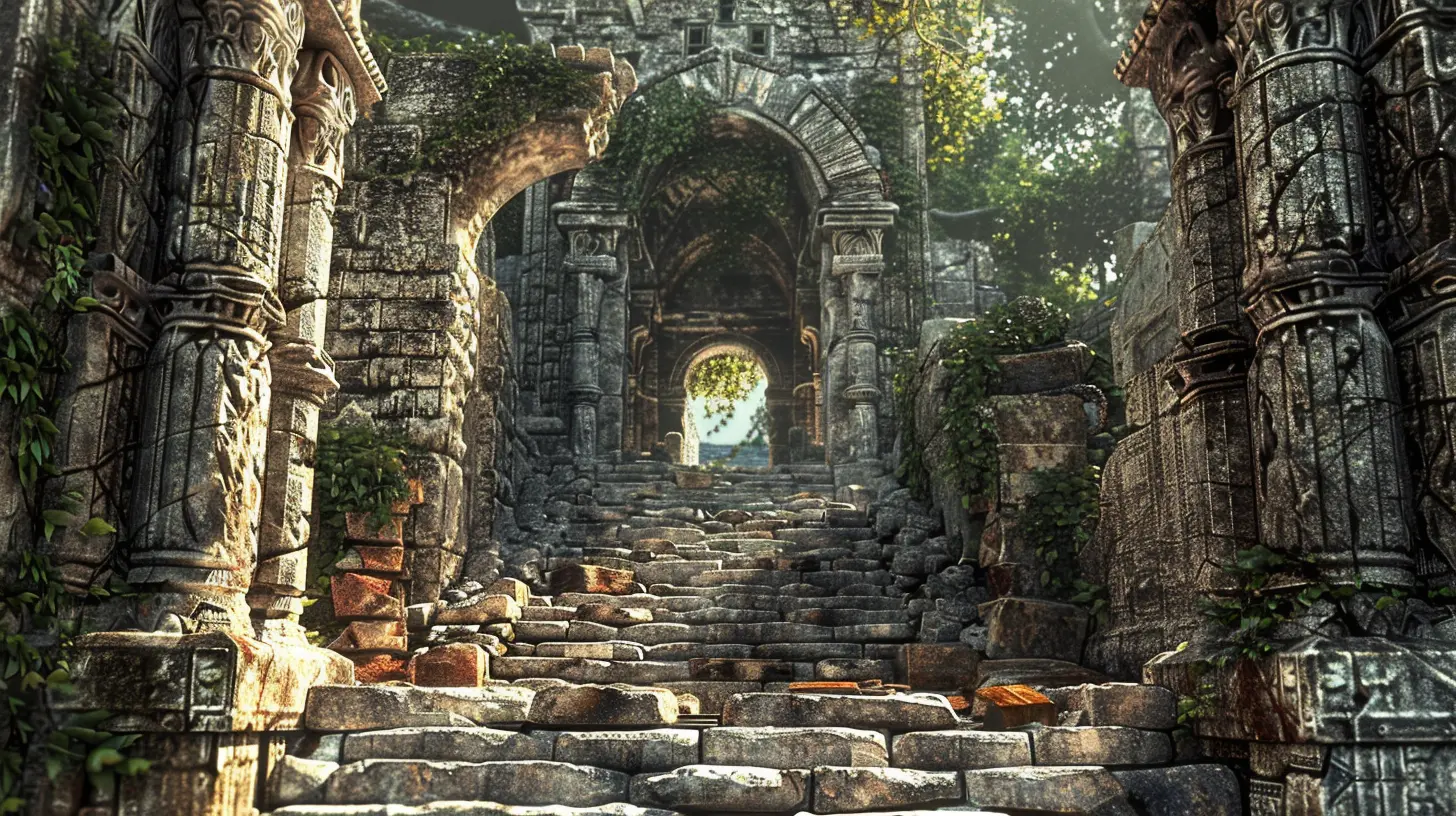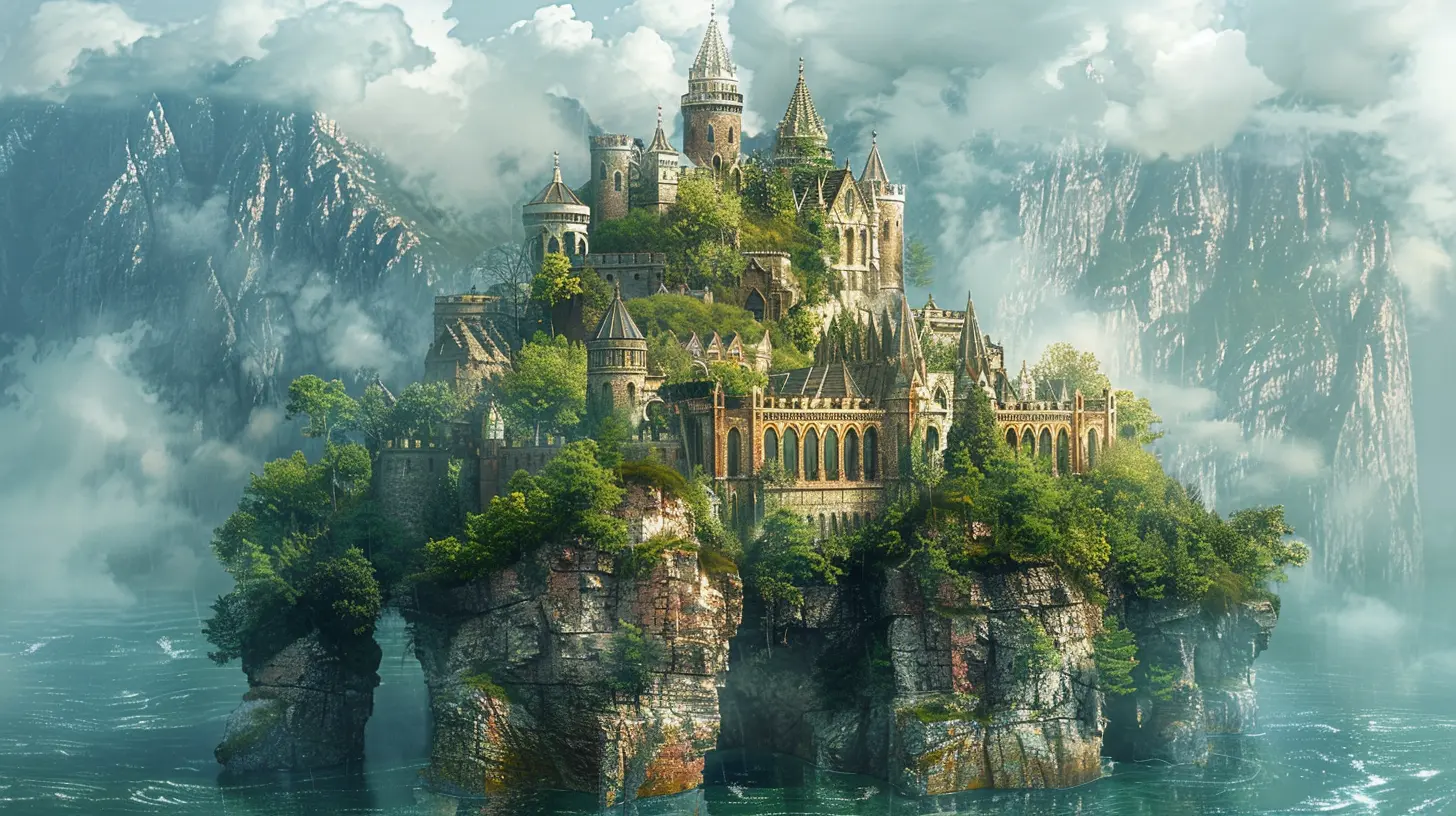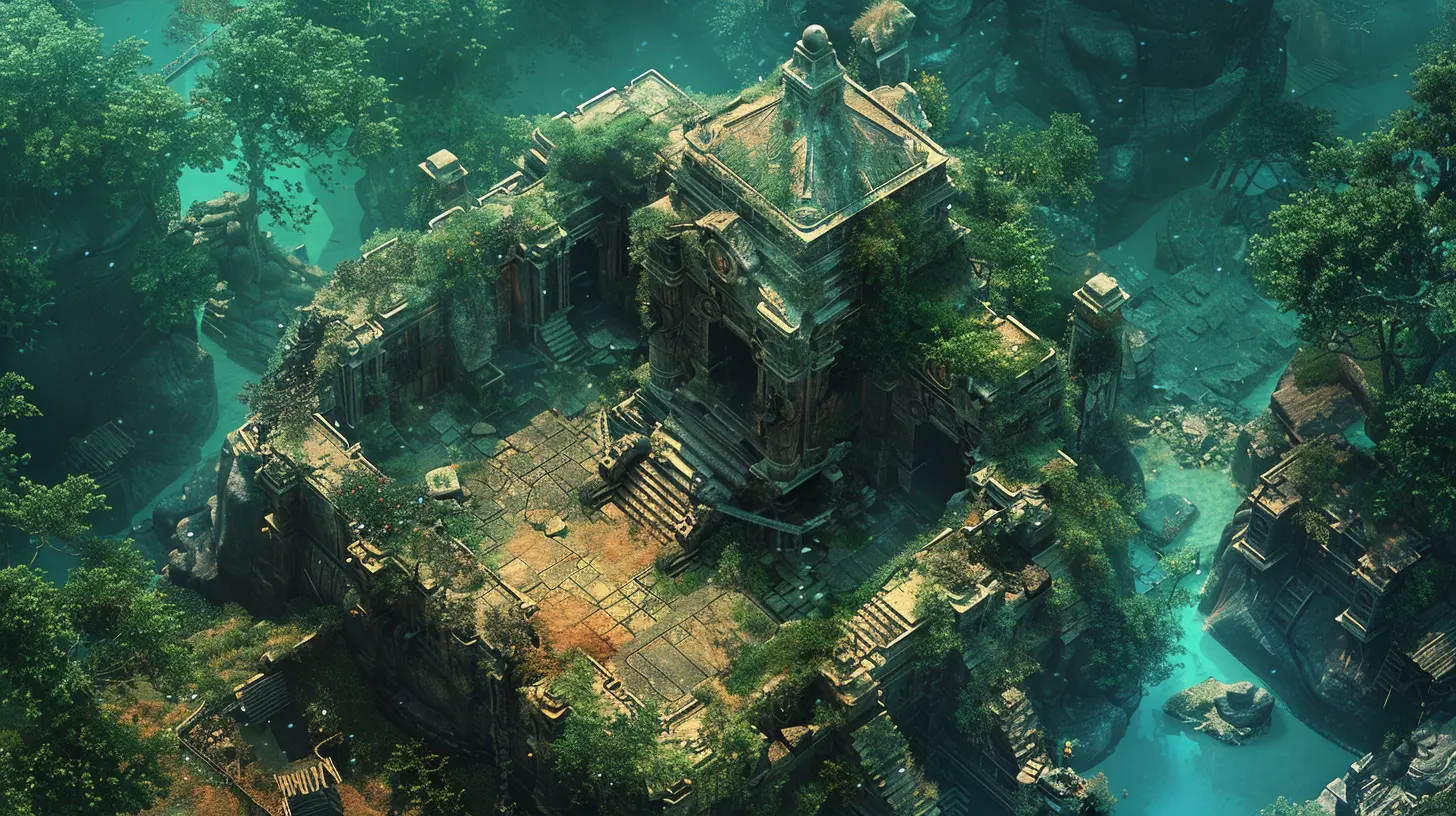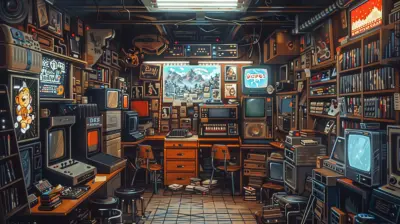Incorporating Mysteries and Ruins to Deepen World Lore
27 September 2025
Alright, let’s talk game worlds—the kind that pull you in and make you forget you’re sitting in front of a screen. Ever wonder why some game worlds feel alive, almost like they have a soul? It’s not all about flashy graphics or overpowered loot. A big chunk of that immersive magic comes from the storytelling, specifically the quiet, hidden stories—those wrapped in long-forgotten ruins and unsolved mysteries.
Yep, we’re diving deep into how you, whether you’re a game dev, dungeon master, or just a world-building nerd (no shame!), can use mysteries and ruins to add not just depth, but also a heartbeat to your game world. Let’s unpack it all.
Why Mysteries and Ruins Matter
So, what’s the deal with ruins and cryptic clues anyway? Why do we love stumbling into a moss-covered temple or cryptic cave?Because mystery invites curiosity. It turns players into explorers, not just tourists. When a player asks, “What happened here?” instead of “What loot is here?”, you’ve made something interesting.
Ruins = history in 3D. They’re more than broken stone—they're storytelling tools. Without a single word, they hint at civilizations, wars, forgotten magic, tragic love stories, or apocalyptic events. Players connect with the world not through exposition dumps, but through breadcrumbs. That’s gold.
Building Lore with Ruins: Less is More
Here’s the deal—when you're adding ruins, subtlety wins. Avoid spelling things out. You want your players to theorize. Let their imagination fill in the gaps.1. Environmental Storytelling
Think of ruins as visual storytelling. Scorched walls, collapsed towers, faded banners—all tell their own tale. Maybe a village was suddenly abandoned, or maybe something darker happened.Don't explain too much. Let the design whisper—not shout. You’ll be surprised how much speculation players love to do when you leave things unsaid.
2. Use Clues, Not Answers
Drop clues like a trail of breadcrumbs. Let players connect the dots.- Carvings on the wall?
- Statues missing heads?
- Piles of bones around a shrine?
These clues should nudge players toward possibilities, not certainties. You’re not handing them a story—you’re giving them puzzle pieces.
Types of Mysteries That Hook Players
Let’s be real—“Why is this place broken?” only gets you so far. You need stakes. You need intrigue. You need layers.1. The Vanished Civilization
Classic, right? A sprawling city now in ruins. Ancient tech or magic far beyond today’s capabilities. The big question: why did they fall?Was it war, plague, hubris? Or something more... uncanny?
2. Forbidden Magic or Technology
Ruins can be leftovers of something “too powerful” that had to be sealed away. Think dark experiments, mythical weapons, or cursed rituals.Players stumble upon the remains and must ask: was it worth it? And is it really gone?
3. Lost Heroes or Villains
Imagine a tomb dedicated to a hero who vanished under mysterious circumstances. Or a villain whose body was never found.Ruins can house legends, both inspiring and terrifying. Bonus points if their fate ties into current events in your world.
4. Parallel History
What if these ruins show a version of history that contradicts current beliefs? Maybe the “heroic king” was actually a tyrant. Maybe the gods lied.Now you’ve got layers—and players who can't stop digging for truth.
Giving Ruins Purpose in Gameplay
Alright, time for a reality check. Pretty ruins won’t cut it if they don’t serve a purpose. You want players to care, not just look.1. Function Over Decoration
Make every ruin do something:- House a puzzle that reveals more lore
- Be the only entrance to a secret area
- Offer forgotten skills or items tied to ancient history
If the ruins affect gameplay, players will explore them. Guaranteed.
2. Link Them to Current Events
Ruins shouldn’t be dead ends. Maybe the ancient cult from the ruins is being revived. Maybe the artifact they protected is now corrupting someone powerful.If the past influences the present, your world feels alive and connected.
3. Let Players Change the Narrative
Can players decide what to do with the knowledge they uncover? Maybe they choose to bury the truth or share it. Maybe they awaken old forces.Giving them power over historical mysteries makes their choices feel meaningful.
Weaving Ruins Into Your World Naturally
Let’s get practical—how do you drop ruins into your world without it feeling forced?1. Plan an Ancient Timeline
Have a rough idea of your world’s history. You don’t need a massive lore bible. Just sketch out key events:- Who ruled before?
- What major wars or disasters happened?
- What cultures or empires rose and fell?
From there, ruins become scars of history, not random set pieces.
2. Use Geography Smartly
Ruins make sense in meaningful places:- Cliff edges, deep forests, deserts, or ocean floors
- Near power sources or ley lines
- On old trade routes or war fronts
The location should hint at what the place used to be.
3. Tie Ruins to Cultures
Each ruin should feel like it came from a distinct people. Use symbols, architecture, language, and color schemes consistently.Let players recognize ruins from a specific era or culture. It’s like brand identity—but for your ancient civilizations.
Making Mysteries Evolve Over Time
Mystery is great—but mystery that evolves? That’s next-level stuff.1. Drip Feed Information
You don’t need to reveal everything at once. Maybe players visit a ruin early in their journey, but don’t understand its significance until much later.That “aha” moment when everything clicks? Chef’s kiss.
2. Let Other Factions Care Too
Your players shouldn’t be the only ones interested in these ruins. What if smugglers are using it as a base now? Or zealots are trying to resurrect what was lost?When ruins become contested, they matter more.
3. Secrets Within Secrets
Okay, you’ve got ruins. But inside those ruins? A locked vault. And inside that vault? A relic. And inside the relic? A memory crystal with a message from a long-dead king.Layer your mysteries. Always leave just one more question unanswered.
Using NPCs and Legends to Expand The Mystery
Sometimes, the best clues come not from the ruins themselves, but from the people who speak of them.1. Folklore and Rumors
Tavern tales, nursery rhymes, old songs—players love piecing together truth from myth. Maybe an old story about “The Weeping Stones” is actually referencing a ruin with weeping angel statues.2. Unreliable Sources
Give players info—but don’t make it trustworthy. An NPC might say, "Oh yeah, that temple was built by dragons!" But was it?When everyone has their version, the truth becomes the reward.
3. Personal Connections
What if an NPC’s ancestor lived in the ruined castle? Or someone’s been haunted by dreams of a ruin they’ve never seen?Personal stakes make mysteries more than just puzzles.
Tips to Make Your Ruins Unforgettable
Before we wrap this up, let’s hit some rapid-fire tips:- Use Sound: Distant whispers, echoing chants, or eerie silence all enhance atmosphere.
- Play With Scale: Giant statues or impossibly large doors suggest vastness—and forgotten power.
- Add Weirdness: Time loops? Gravity shifts? Light that bends wrong? Makes players uneasy in a good way.
- Reward Curiosity: Hidden lore, achievements, or story progress should reward those who dig.
- Let Players Miss Stuff: Not every mystery needs resolution. Some unanswered questions make your world feel bigger.
The Magic of the Unknown
In the end, incorporating mysteries and ruins isn’t just about padding your world with cool props. It’s about inviting players to think, wonder, and feel like part of something bigger. A world that existed before them—and may last long after them.Whether it’s a crumbling tower on a cliff or a whispering cave beneath the sea, the unknown draws us in. It’s like lighting a match in a dark room. The shadows? They’re what make it interesting.
So go ahead. Break some walls, bury some secrets, and give your players something they’ll be thinking about long after the credits roll.
all images in this post were generated using AI tools
Category:
World BuildingAuthor:

Greyson McVeigh
Discussion
rate this article
1 comments
Zailyn McMillen
Incorporating mysteries and ruins enriches game worlds by inviting players to unravel narratives hidden in every corner. This depth not only enhances immersion but also fosters a sense of discovery, making exploration feel rewarding and endlessly engaging.
October 20, 2025 at 3:48 AM

Greyson McVeigh
Absolutely! Mysteries and ruins add layers to world-building, inviting players to engage with the lore and discover hidden narratives, which greatly enhances their overall experience.


